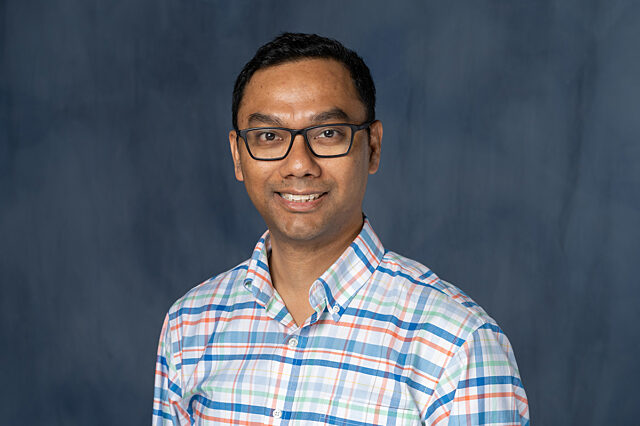UF Health researcher aims to create AI algorithm to help map human body’s cells

Researchers at UF Health are developing an artificial intelligence algorithm to be used by scientists around the nation who are mapping out the entire human body at the single-cell level.
The project is led by recently hired UF College of Medicine faculty member Pinaki Sarder, Ph.D., an associate professor of quantitative health in the department of medicine and associate director of imaging for UF’s Intelligent Critical Care Center, or IC3.
Sarder received funding from the National Institutes of Health for UF’s participation in the Human Biomolecular Atlas Program consortium, a network of universities and institutions that submit data to the HuBMAP Data Portal with the goal of creating an open map of the human body at the cellular level. By making these tools and maps widely available, scientists hope to better understand the role of cell and tissue organization and function in human health.
Though scientists are continuously trying to map the human body’s cell structure, modern advancements allow the researchers using HuBMAP’s unique collection of data sources to study and learn more about human cells in their different states.
“By integrating this data, we can better understand the differences between normal and abnormal cell function,” Sarder said. “Doctors should be able to give much more personalized treatment once that is possible.”
UF has secured funding for the next year, during which Sarder’s team will discern whether an algorithm can be created that could map out the body’s trillions of cells independently, without the need for a person to input most of the individual data points.
This is a type of machine learning algorithm called a neural network, a complex form of AI that models human brain function by connecting many data points, mimicking the way a brain’s neurons pass information to various synapses.
“You can imagine, with all our organ systems, it isn’t possible to generate data one by one for each cell without the assistance of this technology,” Sarder said. “Right now, we have a big advancement in the possibilities of computing power with the development of these algorithms and neural networks.”
Once Sarder’s team determines that a machine learning algorithm can be developed to map out cells for a single organ, the NIH will provide funding to expand UF’s model to different organs and systems using data collected by consortium participants.
“I feel very privileged to be able to work with some of the top researchers in the U.S. on this,” Sarder said. “It is the most challenging and most fascinating work I’ve done yet, and I’m positive we will make progress on developing this neural network based on the data and information we have available.”
About the author
